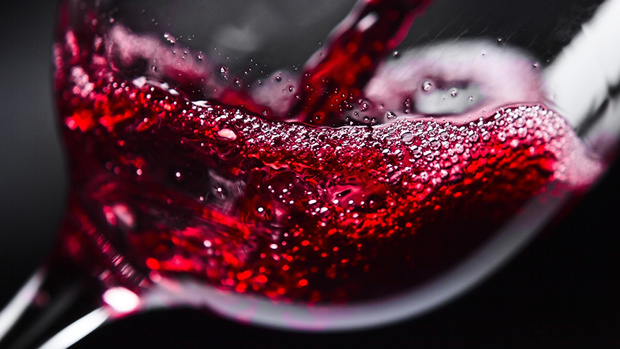Julie Harrison - Red Wine Making
- Publish Date
- Friday, 21 July 2017, 11:47AM

Photo: Getty Images
- Author
- By Julie Harrison
Grape colour comes from the skins so making red wine is quite unlike making white wine where the skins are generally superfluous to requirements. Instead the skins are an integral part of the winemaking equation and are literally kept in the mix for a considerable period of time. Things start off the same at the crusher and destemmer but instead of going to the press the must (skins and pulp) is either “cold soaked” or sent directly to tank to start fermentation. If the wine is cold soaked it is chilled to around 10 degrees centigrade to prevent fermentation and left for however long the winemaker thinks is best to pick up colour and flavours.
The must can be fermented in an open top vessel or in a closed tanked. Whatever the vessel the grape skins, seeds and other solids form a cap that floats to the top of the tank. This cap contains all the good stuff like colour, tannins and flavours which need to end up in the finished wine so it is important for this to be broken up and mixed with the fermenting must on a regular basis. There are a number of techniques wineries use to keep the cap mixed in. Wine can be pumped from the bottom of the tank and sprayed over the cap forcing it down into the must. This introduces small amounts of oxygen into the fermenting wine which is important for colour stabilisation and softening the tannins. The more old fashioned and gentler technique is the punching down method where a fit cellar hand regularly punches down the cap using what looks like a giant potato masher. Fermentation is hot stuff in red wine making with the temperature of the fermenting wine falling between 25 to 35 degrees Centigrade. Warmer temperatures mean more extraction from the skins but if the temperature is too hot it can effect the fermentation, cause the growth of unwanted bugs and the formation of undesirable odours. Fermentation can be complete in as little as a week to ten days but may extend to a month or more depending on the circumstances.
Just how long the wine remains on skins is up to the wine maker. The longer the skin contact the more you extract the phenolics, so if the winemaker is after a lighter, early drinking wine it will remain on skins for a shorter period than if they are after a heavy, full bodied wine that will benefit from aging. Once the wine is deemed ready to lose the skins the high quality free run wine is drained off into a tank to settle. The remnants, called the pomace, are sent to the press. Some of the resultant, lower quality pressed wine may or may not be blended back into the free-run wine. Red wines usually undergo a secondary bacterial malolactic fermentation which can occur in a tank or in oak barrels. This fermentation converts the more acidic malic acid to the gentler lactic acid. After this fermentation the wine is racked off the lees (dead cells and other bits and pieces) and allowed to age, most often in oak barrels. Remaining floaty bits settle to the bottom of the barrel and the wine is racked every so often helping clarify the wine and introducing a little bit of oxygen into the mix.
Blending is of course a hugely important part of the process and is where the creativity and sensory skills of the winemaker come into play. Wine makers will carefully taste different batches of wine endeavouring to pull complementary components together to get the wine they are after. Often special parcels of fruit have been identified in the vineyard and kept separate throughout the winemaking process. Now the winemaker finally gets to find out if the grapes have produced the wine they were hoping for, with the aim of using it in one of the wineries premium blends. Once the perfect blend has been put together the wine may be fined, most often with egg white, to remove astringent course tannins and sometimes subjected to light filtration. However in red wine making the last thing you want to do is remove the good bits, so excessive fining and filtration is avoided. Finally the finished wine is sent to be bottled and ultimately enjoyed over a good meal.
About Julie
Julie and soon to be husband, Frenchman, Richard Guerra own Frog in a Barrel Wine Shop and Thirsty Frog Wine Bar in Milford. After developing an interest in wine at Massey University, Julie completed a Post Graduate Diploma in Wine Making and Viticulture at the University of Adelaide and following this worked in Australia for a number of years at Penfold Wines and Andrew Garrett Wines.
Travelling in Europe Julie developed an interest in European wines and now Richard and Julie import wine from France to sell in their shop and bar. Julie is looking forward to sharing her knowledge of local and imported wines.

Take your Radio, Podcasts and Music with you

